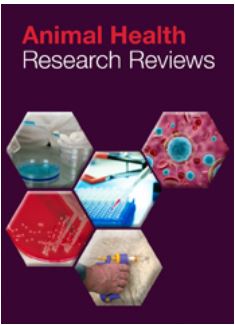Zoonotic pathogens in urban animals: Enough research to protect the health of the urban population?
Abstract
With more than half of the global population living in cities, the urban areas are also teeming with animals, including peridomestic wildlife, pets, and livestock. Urban animals may carry zoonotic pathogens, and crowded conditions in cities can increase the risk for the human population. We used a systematic approach to screen two publication databases as well as gray literature, and quantified the studies conducted on zoonoses in urban animals with respect to the geographic distribution, the host animal and pathogens. Out of 876 references found, 93 were included into final data extraction. Few studies were from the rapidly expanding cities in low- and middle-income countries where urban livestock-keeping is far more prominent than in high-income countries. Most studies were performed in peridomestic wildlife and pets, less in livestock. The most common category of pathogens studied were gastrointestinal parasites followed by gastrointestinal bacteria, whereas studies on some other zoonoses internationally recognized as critical for public health were few or absent. In conclusion, to mitigate the risks of emergence of zoonoses from urban animals this review highlights the research gaps on zoonoses, particularly in livestock in rapidly growing tropical cities and a more comprehensive inclusion of pathogens prioritized by WHO and OIE.

